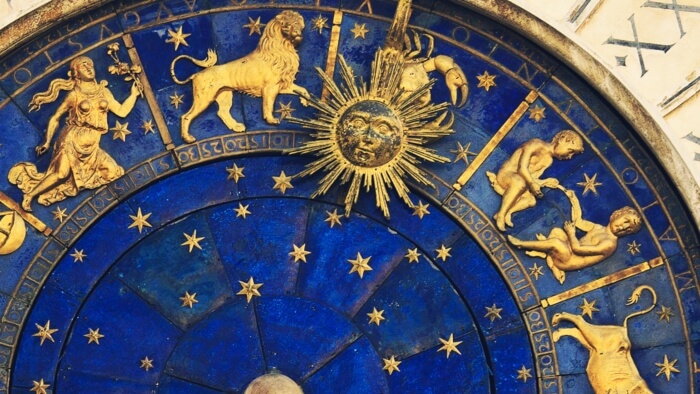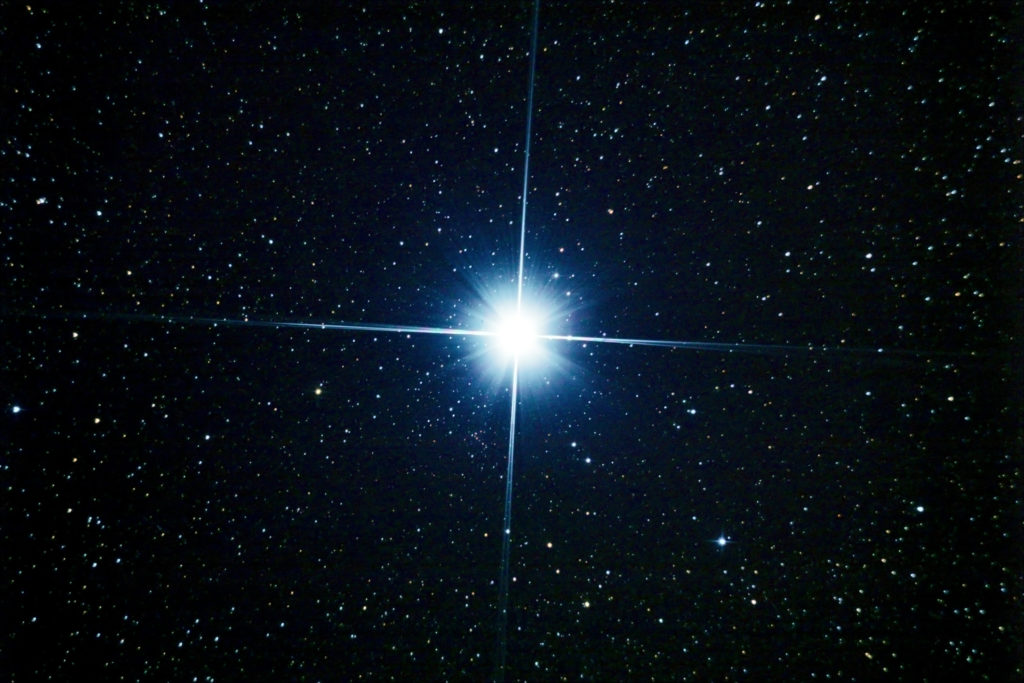The Gregorian Calendar is the most widely used civil calendar in the world. One of its main differences from other calendar systems is the use of the leap year. The explanation of leap-years can be found when looking at how the Gregorian calendar replaced the Julian calendar
Why do Leap Years happen?
As I was growing up one of my best friends was born on a leap year. The joke in our school was that while the rest of the class were excited to turn eight, he was stuck at two years old.
The situation used to perplex me. While he was certainly immature in many ways, he was by all logic and measurements, not a 2-year old.
We drifted as we went into secondary school and my thinking on the topic waned. However, the idea of a leap year came back to me recently.
Why do we have leap years at all? A closer look on the calendar system shows that my school-yard oddity turned out to reveal a big problem with our calendar system.
The way we plan our year is a pretty big deal after all.
The Gregorian calendar is designed on a set of principles that include a leap-year every four years.
To understand why we need to look at the history of the Gregorian calendar. It reveals why we use leap years in the first place.
What is a Leap Year?
Also known as leap day or leap year day. A leap year is a date or day added by the Gregorian calendar to most years that are divisible by four.
Leap years included years such as:
February typically has 28 days.
However, in leap years, February will have an extra day in the month. From 28 to 29. The extra day occurs every four years and for those lucky (or unfortunate) enough to be born on that day they have three years without a birthday date (29th of February).
A leap day is added to various solar calendars. Calendars are systems to measure the earth’s revolution around the Sun. The Gregorian calendar is the most used in the world.
Lunisolar calendars, such as the Islamic calendar, have months based on the phases of the Moon instead add a leap year or extra month.
What does the extra day in a leap year do?
Adding days to a calendar is a technique called ‘intercalation.’ It’s used in timekeeping to align the calendar to the seasons or moon phases.
Now we’re beginning to get to the problem. Leap years are a technique to fudge the inaccuracies of the Gregorian calendar with the position and motion of the sun and moon.
The problem is that a year isn’t exactly 365 days long, it’s closer to 365.25. Intercalations or leap years are added to adjust for this.
Julius Caesar was the first to do this. The Julian calendar added a day every four years to fix this problem.
When did the Gregorian calendar take effect?
The Gregorian Calendar was instated by Pope Gregory XIII in 1582. He designed it to fix the problems in the Julian Calendar.
In its time of use, the Julian Calendar was found to drift considerably from the solar years. 1 day every 128 years.
The calendar spaces leap years to make the average year 365.2425 days long. The spacing is made to prevent the drift from the seasons.
It counts days chronologically, with the day, lunar month (the cycle of the moon around the earth), and the years counted from the birth of Christ.
Difference between the Gregorian calendar and Julian calendar
The Gregorian calendar adds extra rules to reduce the inaccuracy in the Julian calendar.
For every year divisible by 100, it’s not considered a leap year. That means 1900 was not a leap year. The exception to the rule is that if the year is also divisible by 400, then it IS a leap year. For example, 2000 was a leap year.
The extra rules added to the Gregorian calendar means that it is far more accurate than the Julian calendar. However, it’s still not perfect.
Today, the Gregorian calendar will drift one day every 3216 years. Not noticeable in our lifetime. However, a few generations down the track, and a new calendar might be needed.
Leap years reveal the flaws of the Gregorian calendar
Today the Gregorian Calendar is the most popular system used across the world.
Ancient calendar systems, including the Greek Sothic cycle, would calibrate when the year started against a background star reference of Sirius.
The Egyptians also chose Sirius as the starting point for the Nile-Lunar calendar. Other ancient civilizations used astronomical markers such as the Pleiades, Orion, and Rigel to determine the beginning of the year, which they then divided into lunar months.
Leap years seem to be a modern way for modern calendars to adjust to a lack of reference to their starting point.
The solar year and lunar years don’t precisely match up. Solar years don’t have exactly 12 lunar months (it’s 12.37) which means a lunisolar calendar should have a variable number of months each year.
Conclusion
The Gregorian Calendar system is flawed. When we see the leap-year paradox, it reveals ancient techniques to account for this was to calibrate the solar year with background star references.
Today, it’s easy to forget the origins of our calendar system. Leap years are an essential testament to the lost knowledge of earth as part of a larger cosmic system.
Now it’s up to you. Did you know leap years were a guessing tool?
Leave your comments in the section below.
- http://scienceworld.wolfram.com/astronomy/GregorianCalendar.html
- https://agupubs.onlinelibrary.wiley.com/doi/full/10.1029/2008GL035209




























